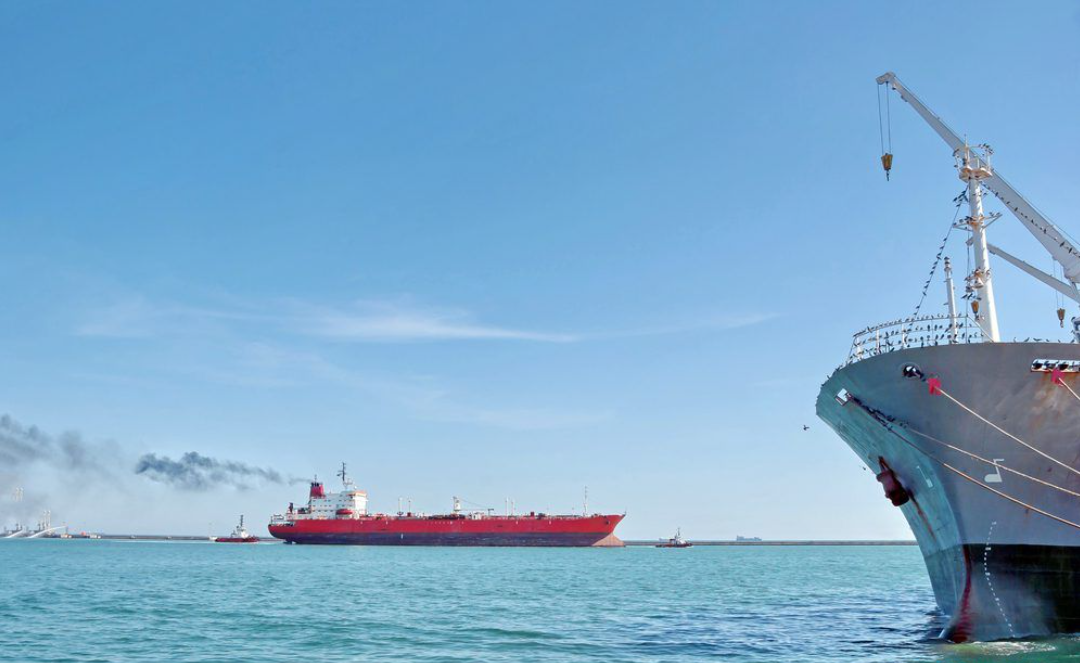Data from DNV’s Alternative Fuels Insight (AFI) platform shows that as of September 2025, global orders for alternative fuel vessels totaled 14 units.

Liquefied natural gas (LNG) fuel remains the preferred choice among shipowners, with a total of 12 vessels, including 6 container ships, 4 bulk carriers, and 2 cruise ships; liquefied petroleum gas (LPG) follows, comprising 2 gas carriers.
In the first nine months of 2025, the global new shipbuilding market recorded orders for 192 alternative-fuel vessels, marking a significant 48% decline compared to the same period in 2024.
In terms of fuel types, LNG remains dominant with a total of 121 vessels; methanol fuel follows with 43 vessels; LPG, ammonia fuel, and hydrogen fuel trail behind with 19, 5, and 4 vessels respectively. In terms of vessel types, container ships continue to lead the fuel transition, accounting for 63% of new alternative-fuel vessel orders in the first nine months of this year, totaling 120 vessels.
Jason Stefanatos, Global Decarbonization Director at DNV Maritime, noted: “Following record growth in the first half of the year, the alternative fuel vessel market cooled significantly in the third quarter. This trend reflects both overall weakness in the newbuild market and rising contract costs, while also being influenced by other factors.”
Jason Stefanatos highlighted regulatory uncertainty as a key factor: “Uncertainty surrounding the IMO’s net zero framework – including life cycle assessment considerations for specific fuels – has prompted many shipowners to adopt a wait-and-see approach to new orders. Therefore, the industry urgently needs greater regulatory clarity in the coming months.”
Reports indicate that the current slowdown in orders stands in stark contrast to the first half of 2025—when orders for alternative-fuel vessels reached 19.8 million gross tons (GT), marking a 78% increase compared to the same period in 2024. Although the number of orders (151 vessels) was slightly lower than the 179 vessels in the first half of 2024, the significant increase in gross tonnage indicates the industry’s focus on large vessels adopting clean fuel technologies.


